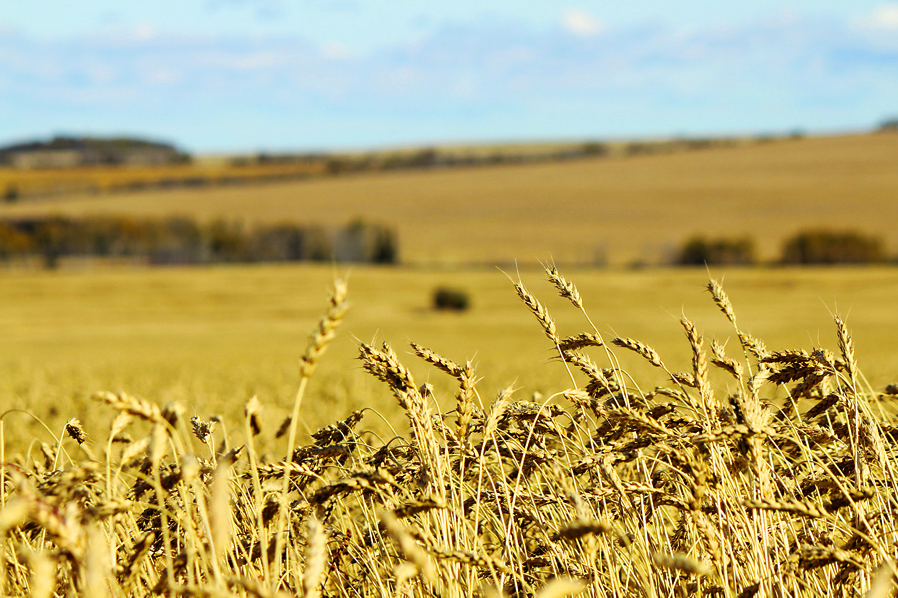Farmland values in the Peace and Northern regions of B.C. increased by an average of 6.6% in 2022.
That’s according to the latest report from Farm Credit Canada, which tracks and compares yearly prices per acre across the country based on benchmark properties and recent sales.
According to the report, farmland in the Peace-Northern region of B.C. saw values increase to an average $2,200 per acre last year, up from $2,100 in 2021, and $1,800 in 2020.
There was still some variability across the region, however, with values ranging from $1,000 to $4,600 an acre.
“The market remained stable in the region, but values per acre were still much lower than other regions in the province,” the report said.
B.C. farmland as a whole increased 8% in 2022 after a whopping 18.1% jump in 2021.
The average value of an Okanagan farmland jumped 14.3% to $34,000 an acre in 2022, the third highest figure in the country, behind only two other B.C. locations: the South Coast ($139,000) and Vancouver Island ($63,800).
Farmland in the Kootenays jumped 33.6% in 2022, but its average per acre was still fourth highest in the province at $22,400.
The Peace-Northern region, where most of B.C.’s pastureland is located, saw the highest increase in pastureland values last year at 4.9%, up to $1,600 per acre. Pastureland throughout the region ranged from as low as $800 to as high as $6,800 per acre.
Across the border in the Alberta Peace, farmland values spiked by 13.6% to an average $2,700 per acre last year. An acre of pastureland was up 8.4% to $1,400 an acre on average.
The FCC report says changes in land values varied; the southern area of the Alberta Peace region posted increases of more than 35% while other areas remained stable.
“Areas that experienced a wet spring that negatively affected yields saw lower increases in value, while areas with above-average yields showed larger increases,” the report said.
Nationally, the average value of Canadian farmland increased by 12.8% in 2022, the largest percentage increase since 2014. It's being attributed to strong farm income, elevated input prices and rising interest rates.
— with files from Kirk Penton/Castanet



